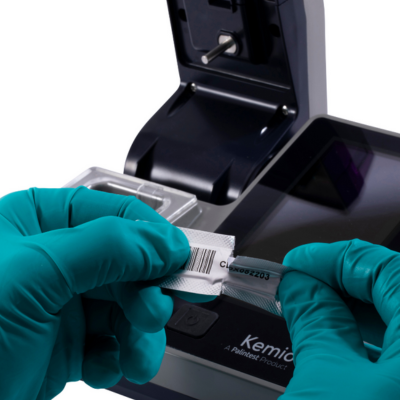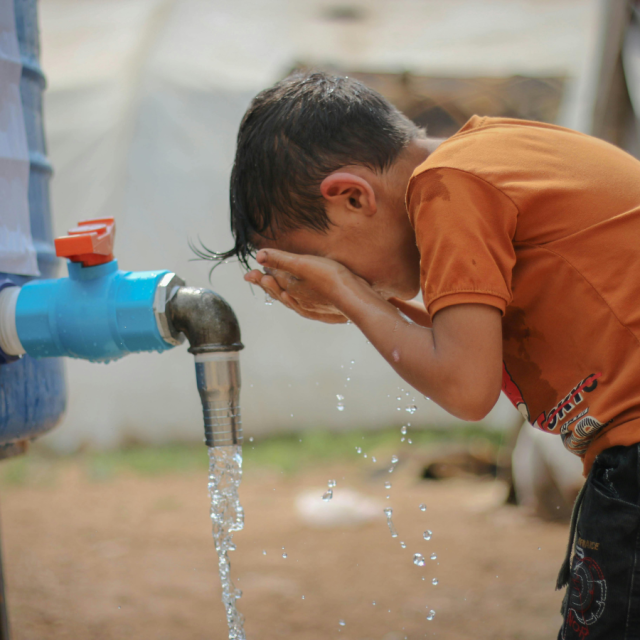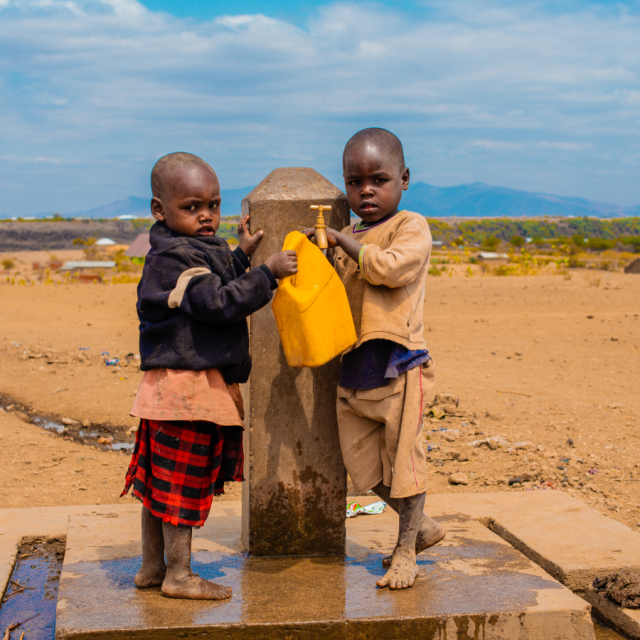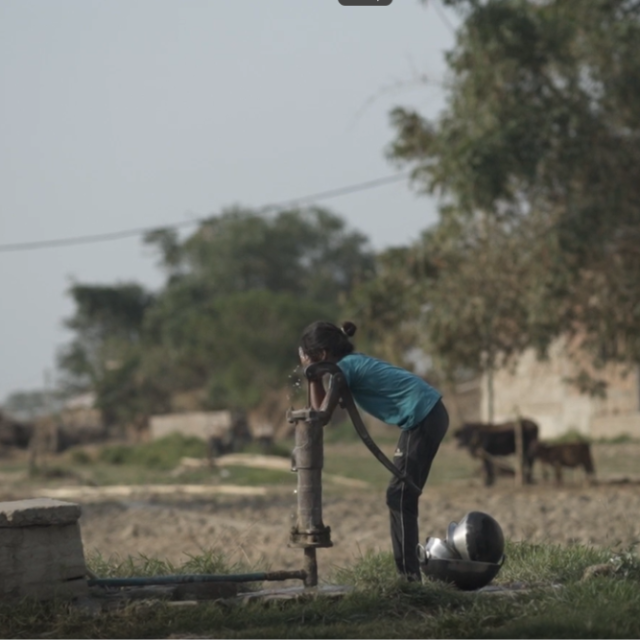
Methods of Testing Nitrate Levels in Humanitarian Water
Testing nitrate levels in humanitarian water is a critical process, given the health risks associated with high nitrate concentrations. Various methods, ranging from simple field tests to sophisticated laboratory techniques, are used to measure nitrate levels accurately.
Colorimetric Test Kits
Colorimetric test kits are widely used in field settings due to their simplicity and rapid results. These kits typically use reagents that react with nitrates in the water, producing a color change that indicates the concentration of nitrates. They are ideal for initial assessments and routine monitoring, especially in remote locations where laboratory facilities are not accessible.
Laboratory Analysis Methods
Laboratory analysis offers more accurate and detailed nitrate measurements. Techniques like Ion Chromatography (IC) and Ultraviolet (UV) Spectrophotometry are commonly employed. IC separates ions in the water sample and measures them individually, providing precise quantification of nitrates. UV Spectrophotometry measures the absorption of UV light by the water sample, which correlates with nitrate concentration. These methods require specialized equipment and trained personnel, making them more suited for detailed analysis rather than quick field testing.
Electrochemical Testing
Electrochemical methods, including ion-selective electrodes, are gaining popularity for nitrate testing. These techniques involve sensors that generate an electrical response proportional to the concentration of nitrates in the water sample. Electrochemical testing is known for its accuracy and is particularly advantageous in field settings due to the portability of the equipment and the quick turnaround time for results.
The Importance of Regular Monitoring
In humanitarian scenarios, where water sources can be prone to contamination, regular testing for nitrates is vital. It helps in identifying contaminated sources and taking appropriate actions, such as sourcing alternative water supplies or implementing treatment methods. Regular monitoring is also crucial for ensuring that water treatment processes are effective and that the water remains safe for consumption.
Challenges in Humanitarian Contexts
Testing for nitrates in humanitarian situations poses unique challenges. Resource constraints, accessibility issues, and the urgent need for rapid assessment necessitate a flexible approach to testing. The choice of method often depends on the specific requirements of the situation, balancing between accuracy, accessibility, and practicality.




